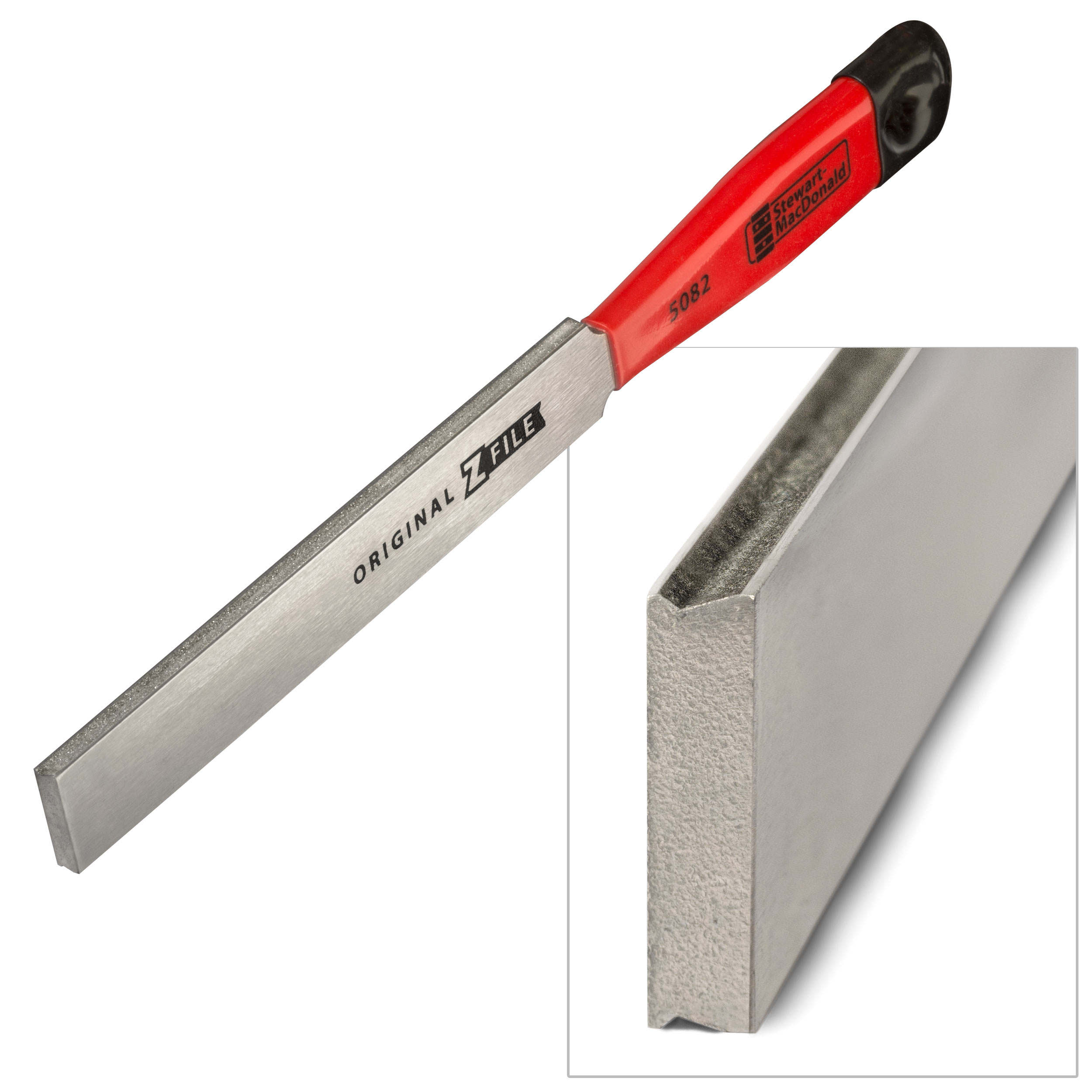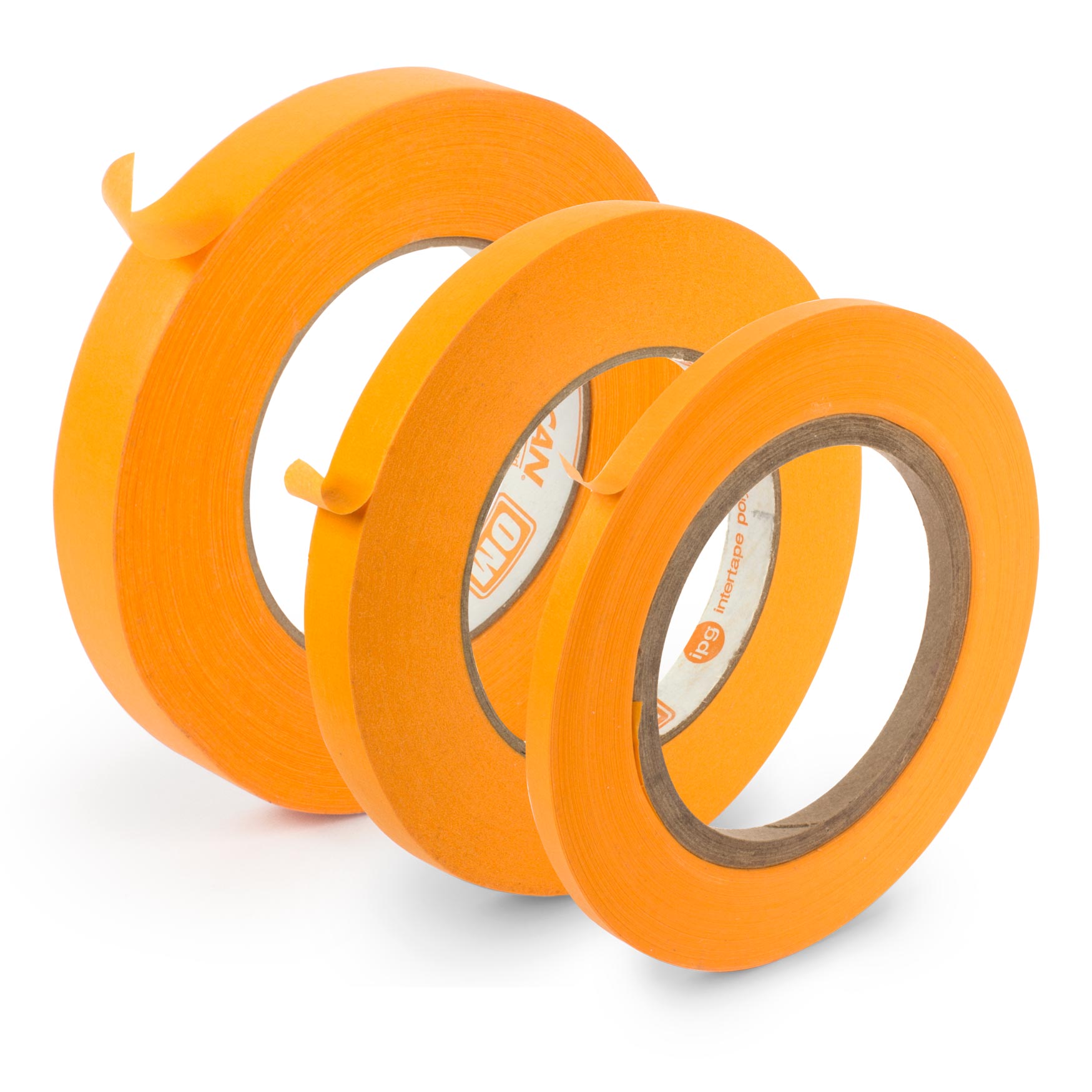Why You Should Level Frets Under String Tension
V-4641
One of the most challenging things to get right when doing fret work is making sure the frets will be level under actual string tension and playing conditions. The Fretbar makes it easy—it fits UNDER and BETWEEN the strings, with the guitar tuned to pitch. Now you can do your fret work without guesswork.
Video Transcription
Speaker 1: I've been working the Fretbar into my regular fretting routine lately. These tools were designed by Matt Brewster at 30th Street Guitars in New York City. They come in three sizes, four and a half inch, nine inch, and 18 inch lengths, and do everything my old leveling tools would do, but even more.
What separates the Fretbar from other leveling beam style of tools, it has this I-beam shape cut into it. There you go, that's a good shot of it. What that does is it allows you to level frets with the strings on. Some of you folks are probably asking yourselves, why would you ever want to level frets with the strings on? Well, I'm going to tell you. Sometimes guitar necks have issues that only reveal themselves when they are under string tension, things like little humps or twists in a neck. This old Truetone is a great example. It's got a poplar neck, it's pretty punky. The truss rod works great under string tension, but as soon as you remove strings it wants to go into a little bit of a backbone, even with the rod totally loose. It's not really a good situation for leveling.
But with the Fretbar, I can have the guitar strung up to tension, the neck totally straight. Now I can get in here and level these frets out. Okay, the frets are level on this guy. Now, I'm going to remove the strings and re-crown and polish as I normally would.




